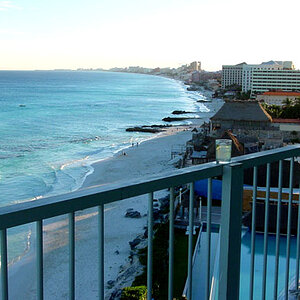Derrel
Mr. Rain Cloud
- Joined
- Jul 23, 2009
- Messages
- 48,225
- Reaction score
- 18,941
- Location
- USA
- Website
- www.pbase.com
- Can others edit my Photos
- Photos OK to edit
I've owned Nikkor wide-angle lenses in lengths of 20mm,24mm,28mm,and 35mm, of various vintages, in manual focus and AF versions. Each of the short three (20,24,28) is VERY different from one another. The 20mm produces the most corner distortion, and has the most-pronoucned fall-off of the background size, while the 35mm has the absolute least distortion of corner-located things. EACH lens is its very own, distinct, different "thing", and that is why buying some types of prime lenses can be so tricky.
Here's the way I see it: the 24mm/2.8 Ai-S might be optically the strongest of the three lenses, since it has CrC, or Close Range Correction and is a very good performer. The 28mm f/2.8 Ai that I owned in the 1980's and 1990's was optically NOT as strong as the 24/2.8 Ai-S. The 28mm lens's strength is wide-angle without "too much" distorting of things that are off-axis. The 28mm is an easy wide-angle length to learn to see with, and is very useful.
The 20mm f/3.5 Ai- is as I recall, available as a 52mm filter thread lens, meaning it's small (Or was the f/3.5 Ai the 72mm diameter wide-angle? I cannot recall. It's been years since it was current.) I never cared much for the 20mm length...too much drop-off in physically,on-film or on-sensor size to things that are more than 20 feet away. With a 20mm lens, things located toward the edges and corners of the frame look "distorted", which can be fine for creative looks, but also, a PITA on some things if you want a "natural" look.
Here's the way I see it: the 24mm/2.8 Ai-S might be optically the strongest of the three lenses, since it has CrC, or Close Range Correction and is a very good performer. The 28mm f/2.8 Ai that I owned in the 1980's and 1990's was optically NOT as strong as the 24/2.8 Ai-S. The 28mm lens's strength is wide-angle without "too much" distorting of things that are off-axis. The 28mm is an easy wide-angle length to learn to see with, and is very useful.
The 20mm f/3.5 Ai- is as I recall, available as a 52mm filter thread lens, meaning it's small (Or was the f/3.5 Ai the 72mm diameter wide-angle? I cannot recall. It's been years since it was current.) I never cared much for the 20mm length...too much drop-off in physically,on-film or on-sensor size to things that are more than 20 feet away. With a 20mm lens, things located toward the edges and corners of the frame look "distorted", which can be fine for creative looks, but also, a PITA on some things if you want a "natural" look.


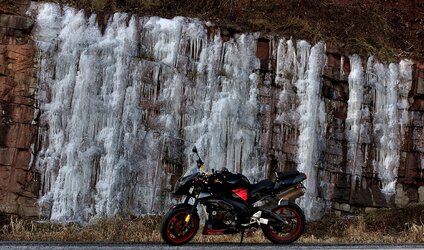
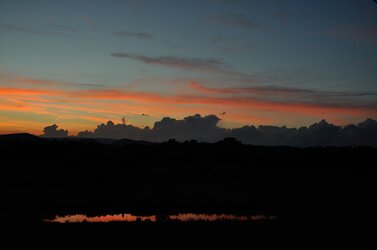
![[No title]](/data/xfmg/thumbnail/35/35266-f58b019dadff6920c09071a847f052c3.jpg?1619736970)
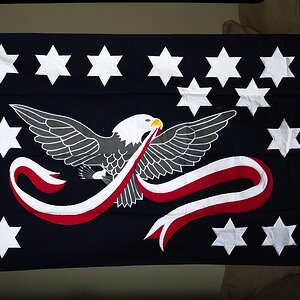
![[No title]](/data/xfmg/thumbnail/40/40310-01bec1b9b7918522bf21a09cf75c5266.jpg?1619739414)

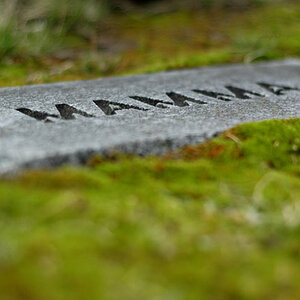
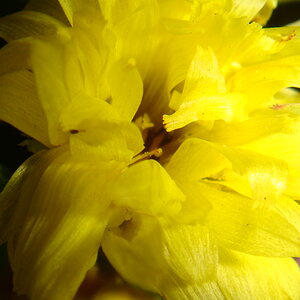
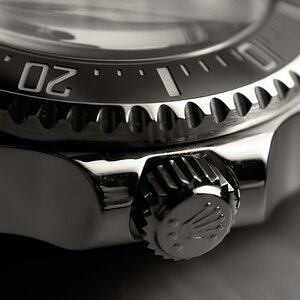

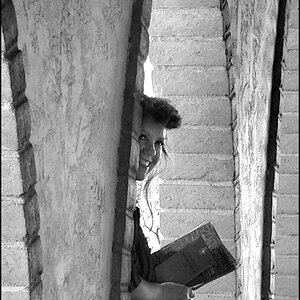
![[No title]](/data/xfmg/thumbnail/35/35263-86f580cf5d28d23109a45984030a79ad.jpg?1619736968)
